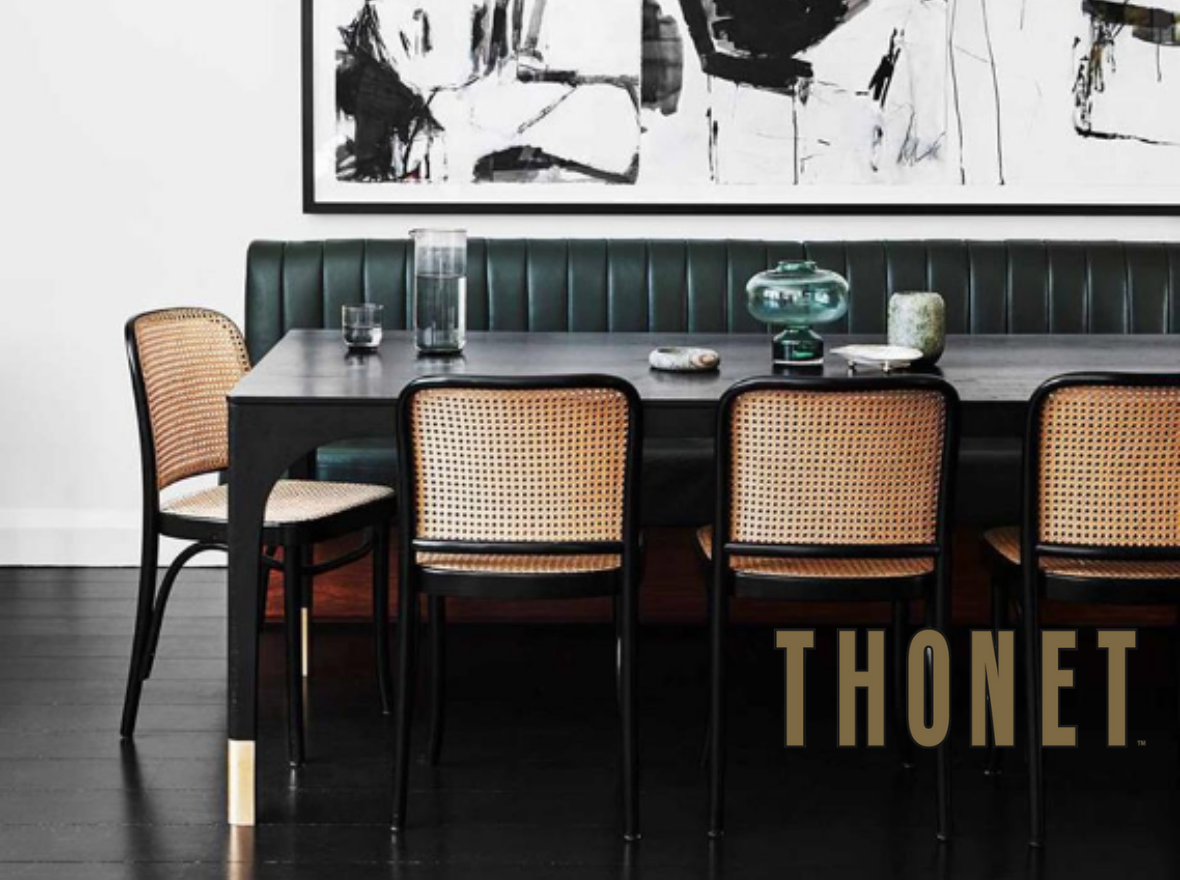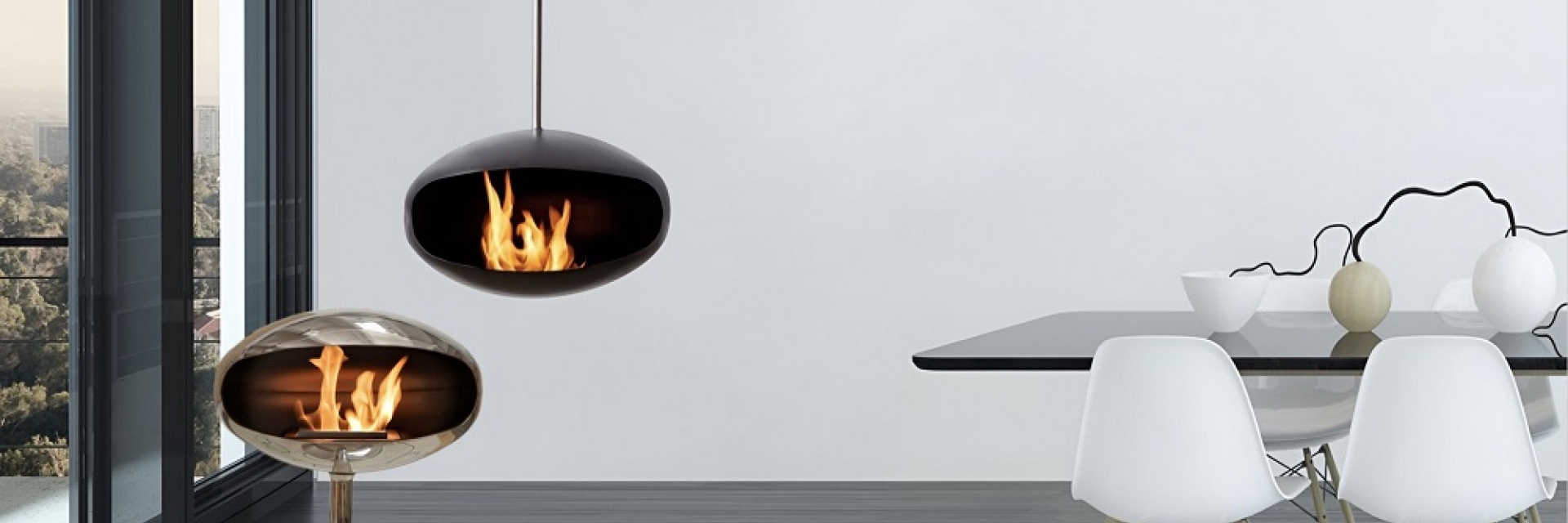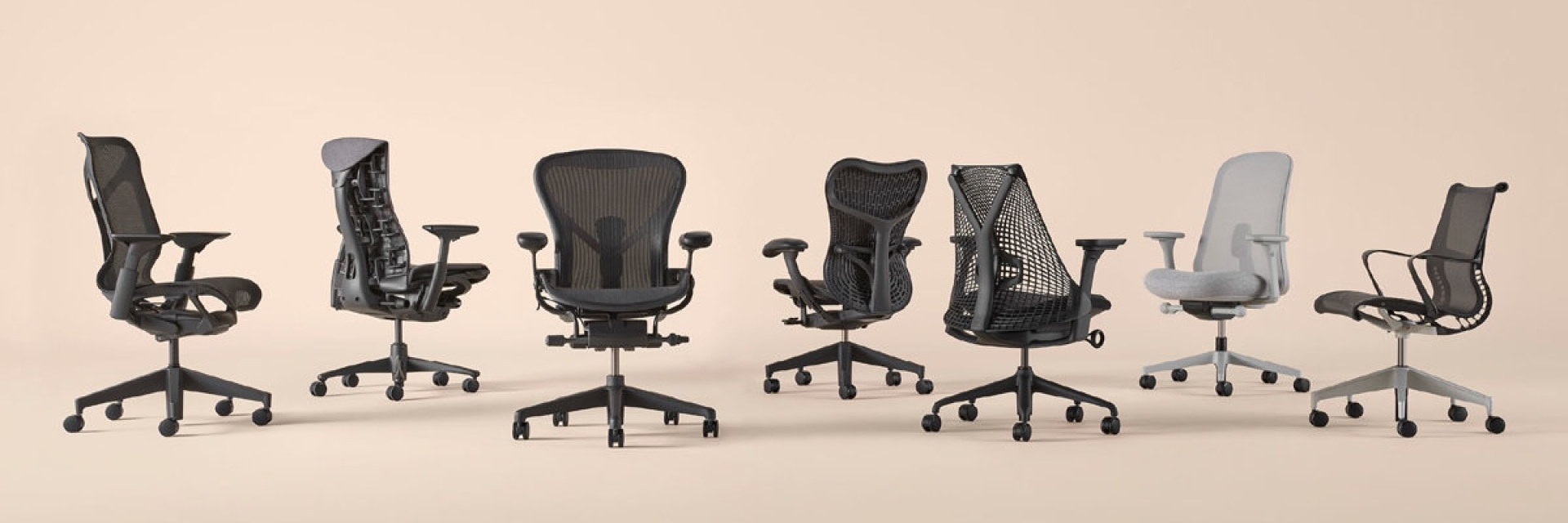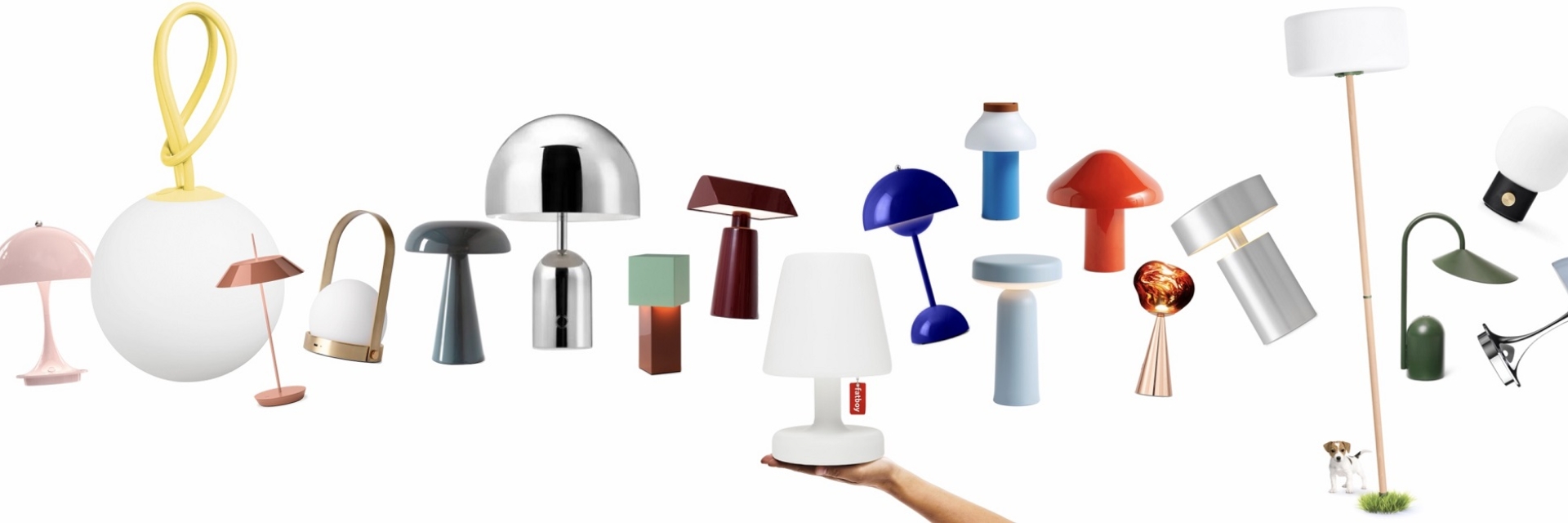
THONET BENTWOOD CHAIRS
Bentwood stands as a shining example of what can be achieved through design. Its form both expresses and symbolises the manufacturing process that lays behind it. Technically simple, each piece embodies the principles of mass production: strong and durable, inexpensive to manufacture, and transportable in large quantities. Thonet bentwood chairs are made from European Beech using traditional steam-bending methods.
The bentwood furniture available today is manufactured in the original European factory established in 1880 by the Thonet family, still made to the exacting specifications of Michael Thonet’s unique and original designs; a testament to the true visionary that he was. The Thonet trademark is branded as a mark of authenticity. Thonet bentwood furniture has never been altered. It has always been simple and graceful with a distinctive quality that belied its true strength.
IF IT'S NOT MARKED WITH THE THONET BRAND, IT'S NOT A THONET CHAIR!
Tolix - Designed by Xavier Pauchard, a French metalworker, was originally developed more for its functional strength than its aesthetic appeal, the industrial appearance of Tolix has grown into a well-loved design classic.
THONET IS THE ONLY AUSTRALIAN SUPPLIER OF ORIGINAL TOLIX
THE THONET STORY
Thonet is one of the oldest furniture manufacturers in the world. Michael Thonet was born in the small river town of Boppard am Rhein, Germany in 1796. A skilled craftsman, he painstakingly carved his furniture from European Beech until he discovered the method of bending wood.
Gaining the attention of Prince Metternich in 1841, Thonet relocated to Vienna to set up a workshop with the ‘right’ granted him “to bend any type of wood, even the most brittle, into the desired forms and curves by chemical and mechanical means”. A second, non-renewable 13-year patent was granted to the Thonet firm on 10 July 1856, “for manufacturing chairs and table legs of bent wood, the curvature of which is effected through the agency of steam or boiling liquids”. For over a decade no other firm could legally produce bent wood furniture.
Thonet’s technique uses solid rods of European Beech (less prone to splitting than other species) in a pressure vessel, steam is applied until the resin in the timber becomes pliable. In this changed state, the rod could be bent around a form. Once it takes shape, it is left to cure. The hardened resin effectively holds the timber firm in its new shape. Thonet became a highly visible international presence during the 1860s. Before long, there wasn’t a fashionable café in Vienna in which patrons were not perched on a ‘bentwood’.
The members of literary modernism met at Café Griensteidl due to the large selection of newspapers and sat on Thonet No. 4 chairs. Hugo von Hofmannsthal and Arthur Schnitzler were regular guests there.
Michael Thonet’s death in 1871 did not stop the Thonet family from continuing research and experimentation. In 1876 the No. 18 chair was launched, No. 18 had back inserts consisting of curves and loops of bent wood. The single loop meant a more stable & comfortable chair.
At around the same time, Henri Toulouse-Lautrec painted elegant ladies and gentlemen sitting on the characteristic bentwood chairs in his 1892 painting “At the Moulin Rouge”. Henri Matisse staged the Thonet No. 20 in his “Intérieur au violon” in 1918/19, which he painted in Nice at the Hotel de la Méditerranée.
Whether on the Lido in Venice, on London’s Oxford Street in Fleming’s Restaurant, in Berlin’s Kempinksi-Weinstuben or the Hamburg Dammtor Pavilion, on numerous early 20th century postcards, European ballrooms, casinos and grand hotels are all documented with Thonet chairs. In the 1920s, many venues where metropolitan life was pulsating – cafés, restaurants, dance clubs, concert and lecture halls – were furnished with Thonet. At the beginning of 1929 the average daily production was 18,000 Thonet chairs.



